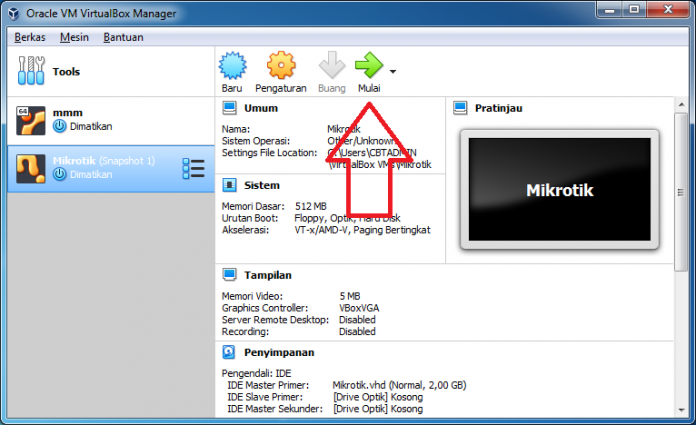
If you add a 5th network card, the port names get mixed up.Įdit note: Somewhere in these forums, I posted how to make a 10 port 10-gig virtual x86 router running on VMware ESXi. This will get you four 10-gig interfaces and if you have 10-gig physical interfaces on your VMware ESXi server, then your x86 ROS can route between your networks at 10-gig and not even break a sweat.Įdit note: Although the E1000E virtual network cards can talk at 10-gig, the x86 ROS only shows 1-gig link speed.Įdit note: Do not add more than four networks cards. And if you are strictly looking for a virtual router, then consider starting out with x86 ROS (using four E1000E virtual Ethernet cards). The x86 ROS tops out around 2 gig ram.Įither way you look at it - all Mikrotik routing solutions are good.


However, CCR can use much more Ram memory for BGP tables. If you are willing to trade off some stability for high routing throughput, then you may want to consider ROS x86.įYI - I have tested x86 under ESXi against CCR under ESXi and both come out about the same throughput. If you are looking for the absolute highest stability, then stay with a physical Mikrotik router. However an x86 ROS under ESXi performing a bandwidth test UDP to 127.0.0.1 tops out at around 17 gig (on my ESXi system). The performance is much greater on ESXi when compared to something like the RB2011.Įxample: RB2011 Bandwidth test UDP to 127.0.0.1 tops out at around 1.4 gig.

For me, I prefer ROS x86 in a VMware ESXi environment verses a physical Mikrotik router (when used as a router - not a switch or bridging ports).


 0 kommentar(er)
0 kommentar(er)
